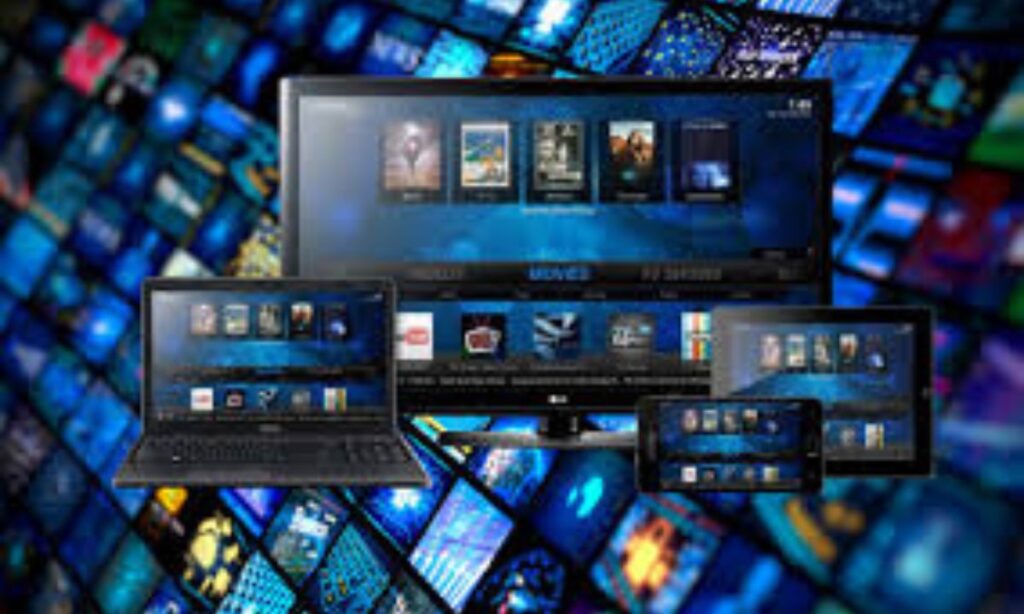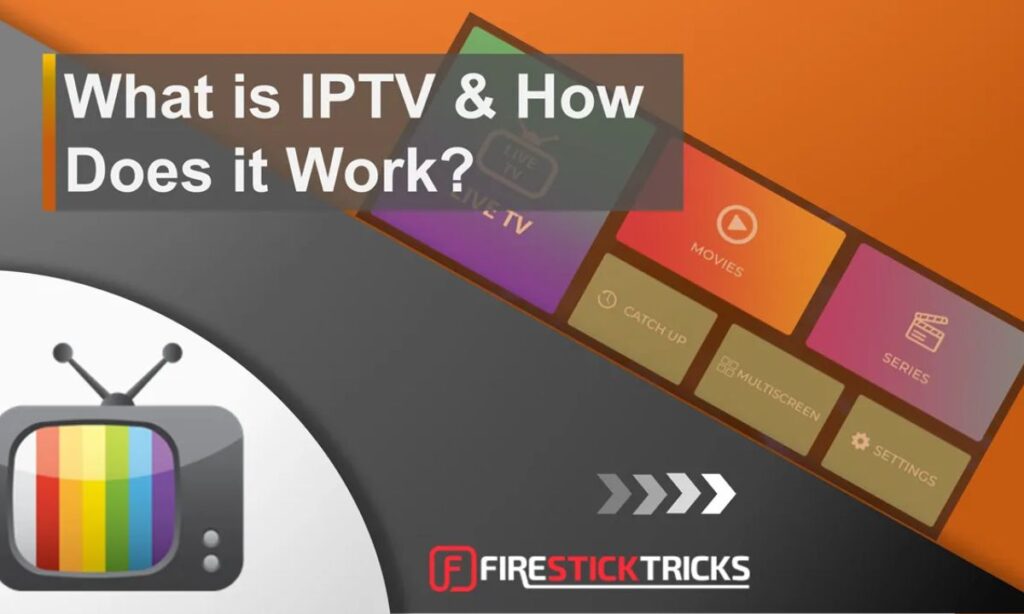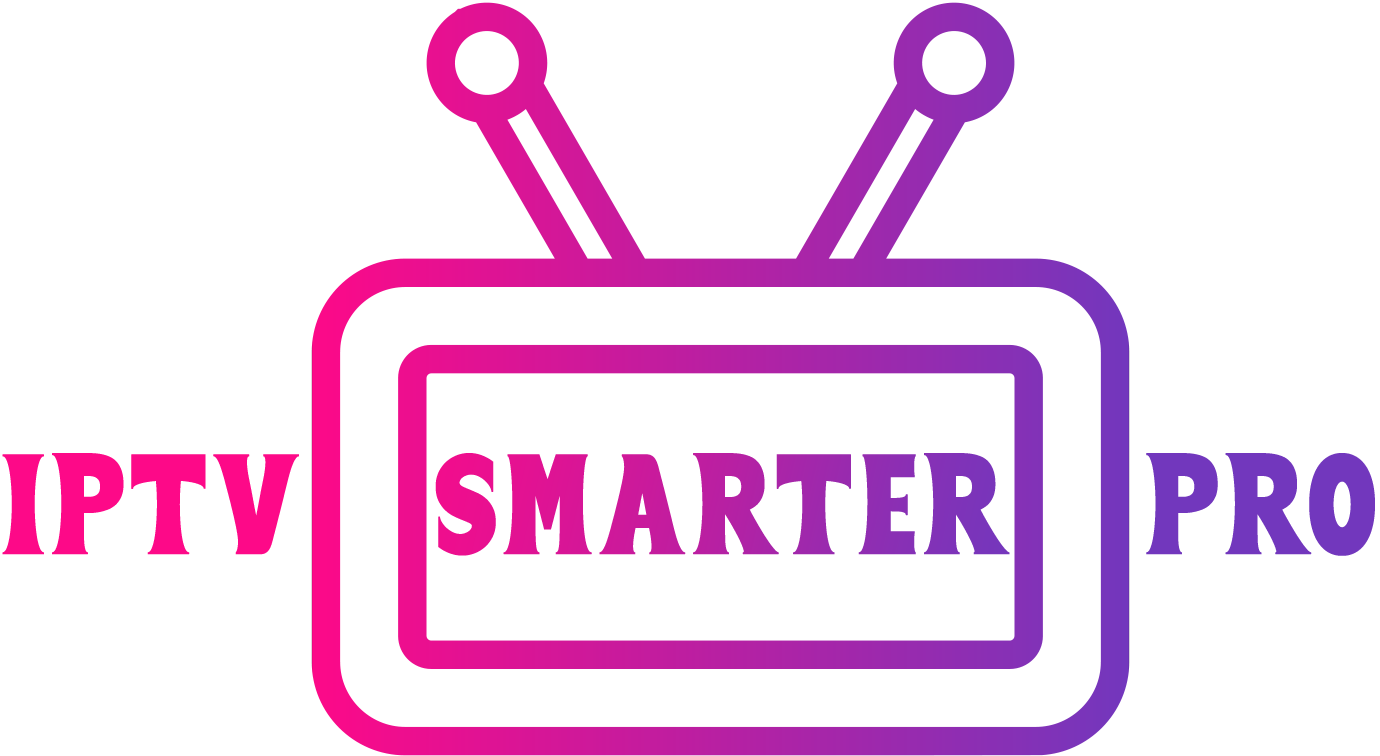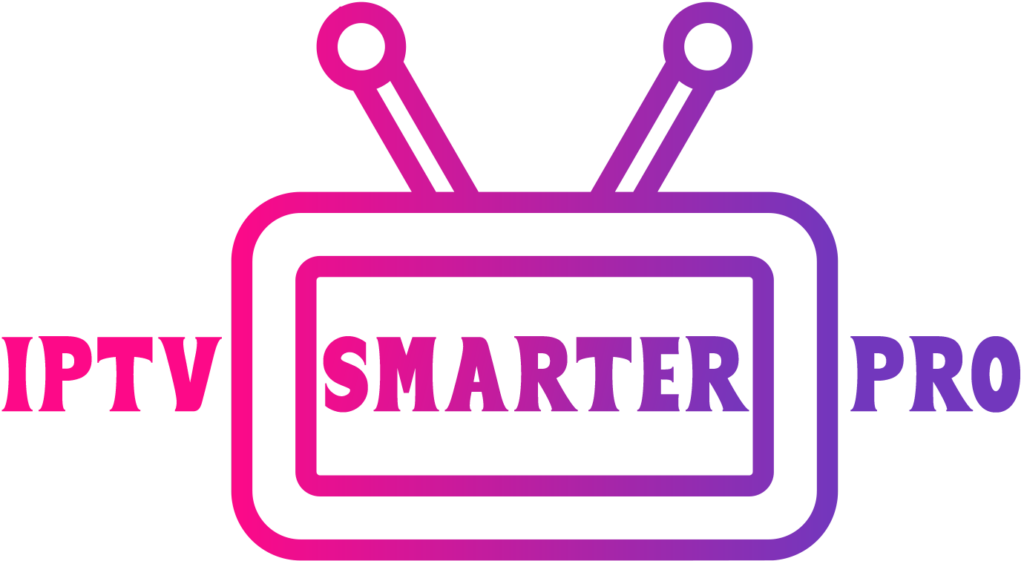IPTV (Internet Protocol Television) uses IP networks. It delivers TV content via the internet. IPTV differs
from cable and satellite. It provides both live and on-demand content. Service providers usually
distribute IPTV.
IPTV can serve enterprise video needs. However, it’s less common due to complexity. Network latency
and scaling issues arise. Subscriber-based models are more prevalent. IPTV uses TCP/IP for video
delivery.
IPTV vs Non-IPTV: What is the Difference?
Traditional non-IPTVs use light or radio. Fiber-optic cables transmit light pulse. Satellites transmit content
via radio waves. Internet protocol television uses broadband internet connections. Service providers deliver content online. IPTV relies on internet infrastructure. Delivery methods differ between IPTV and non-IPTV.

| Aspect | Traditional non-IPTV | IPTV |
| Delivery Method | Light pulses or radio waves | Broadband internet connection |
| Transmission Medium | Fiber-optic cables or satellite | Internet |
| Service Providers | Cable or satellite companies | Internet service providers |
Traditional non-IPTV relies on established broadcasting. IPTV leverages the internet for delivery. Each
has distinct infrastructure requirements.
Why Do People Choose Internet Protocol Television?
Internet protocol television offers the same content differently. People prefer IPTV for its flexibility. This flexibility enhances user experience significantly.
IPTV’s flexibility applies in three ways. It offers more viewing options. It provides better content
customization. IPTV supports multiple devices seamlessly.
Flexibility On When You Watch
Cable and satellite TV are real-time. Viewers watch live broadcasts only. Recording devices are needed
otherwise. You watch what’s available when it’s on.
Internet protocol television uses video on demand. It also supports time-shifted media. Watch shows after live broadcasts. IPTV removes rigid TV schedules and no need for DVR programming.
Flexibility on How You Watch
Internet protocol television offers flexibility beyond TV screens. Watch favourite shows on various devices. No need to be tied to TV. IPTV apps support multi-device viewing. Enjoy shows on tablets, smartphones, and laptops. Cable providers offer similar options but are limited. IPTV provides broader multi-device accessibility.
| Limited availability | IPTV | Cable TV |
| Multi-device | Yes | Limited |
| Accessibility | Broad Range | Limited availibility |
| Flexibility | High | Limited |
IPTV enables viewing on multiple devices. Cable TV offers limited multi-device access. IPTV excels in
flexibility and accessibility.
Flexibility with The Network
The term “IP” in IPTV refers to Internet Protocol. It’s the same as in your IP address. IPTV uses internet
protocol for communication. IP networks offer enhanced flexibility. They enable two-way interactivity.
This is unlike traditional one-way connectivity.
| Aspect | IP Network | Traditional Cable/Satellite |
| Interactivity | Two-way | One-way |
| Flexibility | High | Limited |
| Control Options | More | Less |
With IP networks, users have more control. They can personalize their viewing experience. IPTV provides
enhanced user interactivity.
How does Internet Protocol television work?
Internet protocol television content is often delivered via managed networks. Managed networks ensure quality of service. They use dedicated connections like DSL. Compared to the public internet, managed networks offer control. Operators can ensure reliability, uptime, and bandwidth.
Content delivery is efficient and reliable. In traditional TV delivery, the Multicast format is used. All programs broadcast simultaneously. Viewers change channels to select programs. IPTV uses Unicast format. Only one program is sent at a time. Content remains on the provider’s network. When viewers change channels, new streams are transmitted. Set-top boxes or other devices are required. These include Wi-Fi routers or broadband connections.

Video on Demand
VOD streaming offers video on demand. Watch whenever you want. No time limit on content availability.
You choose what to watch. Service delivers it via the Internet. Examples include Netflix, Hulu, and Amazon Prime Video. These are OTT streaming services. Many niche services are also available.
Here’s a table comparing different VOD models:
| VOD Model | Description |
| Transactional VOD (TVOD) | Users can watch TV shows and movies for free but have to watch ads while viewing |
| Subscription VOD (SVOD) | Users pay a monthly fee for access to a library of TV shows and movies |
| Advertising-supported VOD (AVOD) | Users can watch TV shows and movies for free but have to watch ads during viewing |
Subscription VOD (SVOD) involve a monthly fee. Advertising-supported VOD (AVOD) is free with ads.
Time-shifted media
Time-shifted IPTV resembles VOD with limitations. Content has expiration dates. It’s commonly used for
catching up on recent programming. Unlike traditional VOD, time-shifted IPTV has limits. Content
availability is not indefinite. It’s often used for recent programming. Users catch up on news or events.
Here’s a table comparing time-shifted IPTV with VOD:
| Feature | Time-shifted IPTV | Video on Demand (VOD) |
| Availability | Limited duration after airing | Indefinite availability |
| Use Case | Catching up on recently aired programming | Accessing a library of TV shows and movies |
| Content Expiration | Common | Rare |
IPTV: Pros vs Cons
Internet protocol television offers unique benefits and challenges. Let’s explore its advantages and limitations.
Pros
Internet protocol television offers superior content quality. Resolutions include 4K and HDR. Delivery via a private network enhances security. It also improves the reliability of service.
| Aspect | Description |
| Content Quality | Higher resolutions such as 4K and HDR |
| Network Delivery | Can be delivered over a private network |
| Global Reach | Accessible to a global audience |
| Advertising Revenue | Potential for generating advertising revenue |
| Market Growth | Rapidly expanding market size due to streaming trends |
IPTV has a global reach. It can reach audiences worldwide. It has the potential for advertising revenue. The market is growing rapidly due to streaming popularity.
Cons
Internet protocol television has challenges with packet loss. Delays lead to low-quality videos. Legacy networks may lack the necessary bandwidth. This limits channels and video quality.
| Challenge | Description |
| Sensitivity to packet loss | Low-quality videos due to delays and losses in packet transmission |
| Legacy network limitations | Insufficient bandwidth for supporting IPTV, limiting channels and quality |
Despite limitations, IPTV offers numerous advantages. It’s a growing market with vast potential. Its
benefits outweigh the challenges. IPTV continues to evolve and improve.
History and development of IPTV
In the 1990s, Internet protocol television emerged as a method of delivering video over computer networks. Efficient compression algorithms and reliable packet delivery protocols enabled robust technology development.
Professional solutions soon emerged for commercial use.
| Milestone | Description |
| Introduction of IPTV in the 90s | Delivery of videos over computer networks |
| MBONE by Precept Software | First solution transmitting videos as unicast or multicast |
| Emergence of webcast solutions | Green light for OTT and IPTV solutions |
| Serious attention from ISPs, Telcos, providers | Technology drew significant attention from service providers and telecoms |
| Profitable business with investments | Live TV and Video-on-demand services within IPTV became lucrative |
One notable application, MBONE by Precept Software, pioneered video transmission as unicast or
multicast, coining the term “IP/TV”. Following this, various webcast solutions emerged, laying the
groundwork for OTT and IPTV advancements.
The late 1990s IPTV technology garnered coffee interest from ISPs telecommunications companies, and
service providers. This led to the development of profitable services like live TV and Video-on-demand
within the IPTV framework, attracting significant investments in the industry.
Some milestones could be highlighted to track the
development of IPTV technology
Internet protocol television has evolved since its inception with milestones including the development of a protocol for transmission is the introduction of video-on-demand service and the integration of IPTV with other telecommunications offerings. These advances have led to the widespread adoption of IPTV globally and the development of innovative solutions like targeted ads and integration with smart home devices.

- 1994: ABC’s World News Now broadcasted the first TV show over the Internet, marking an early
milestone in IPTV history. - 1995: Precept Software developed the first experimental IPTV system, enabling video streaming via
the internet. - 1999: World Gate Communications launched the first commercial IPTV service in the United States,
initiating the commercialization of IPTV. - 2001: The International Telecommunication Union (ITU) established the IPTV standard, facilitating
the transmission of television signals over IP networks. - 2005: Swisscom introduced the first full-scale IPTV service in Europe, expanding the reach of IPTV
across the continent. - 2021: The COVID-19 pandemic fueled increased demand for IPTV services worldwide as people
sought entertainment options while staying at home.
IPTV use Cases
Interest in Internet protocol television is fueled by revenue growth pressures. Emerging content delivery technologies drive innovation. Subscriber uptake in various markets is promising.
- Residential scenarios: Homes, hotels, villages, and condos. IPTV is often deployed as “triple play”
services. Subscription-based IPTV via local metro-e networks. - Corporate scenarios: Enrich education and infotainment. Allow companies to have their mass media.
Private networks keep sensitive information secure. - Commercial scenarios: Ideal for IPTV and OTT providers. Telecom service providers and building-wide networks. Cloud-based servers enable subscription services.
- Transportation scenarios: Entertainment for passengers on trains, buses, ships, and planes. Deliver Live
TV, Video-on-demand, and infotainment. Individual screens enhance the passenger experience. - ISP scenario: Utilize extensive broadband access networks. Increase value from investments and
derive strength. IPTV offers a competitive advantage.
Structure of IPTV
The solution diagram of an IPTV system resembles other server-based solutions. An enterprise-level
the server serves as the head end. It connects to hosts via a computer network. The head-end’s
specifications and architecture vary widely.
- Head-end server: Central component of the IPTV system. Enterprise-level server dedicated to signal
acquisition. - Signal acquisition equipment: Specialized equipment for capturing video signals. Ensures high-quality transmission to hosts.
- Computer network: Connects the head-end server to hosts. Facilitates data transmission and
communication. - Hosts: Devices that receive and display IPTV content. Can include set-top boxes, smart TVs, and
mobile devices. - Overall architecture: Varied configurations based on system requirements. Includes components
such as encoders, middleware, and content delivery networks.
IPTV solution components
Head-end and its subsystems manage broadcast services. Components include redundancy and
management capabilities. Equipment covers content ingestion, encoding, and encryption.
- Edge-QAM subsystem: Specifically for cable operator deployments.
- Content management system: Enables self-management of content lifecycle. Includes encoding,
metadata management, pricing, and distribution. - Content protection: Suite covering content encryption/decryption. Integration with CA/DRM
components are crucial. - Video-on-demand server and back-office systems: Responsible for pushing content over IP. Requires
integration with head-end and middleware. - Video services middleware platform: Central component managing IPTV service logic. Interfaces
with all solution components and players.
These subsystems play crucial roles in the IPTV ecosystem. They enable efficient content management,
delivery, and protection while ensuring seamless operation of the service.
What is the IPTV platform in the cloud?
Cloud deployment offers flexibility and scalability. IPTV solutions can be hosted remotely. Uplink switch
connects to the local network for quality service.
- Cloud infrastructure: Allows virtualization and replication. Ensures system availability across data
centres. - Low initial investment: Start IPTV business with minimal investment. Pay-as-you-grow model for
scalability. - Easy setup for newcomers: Hotels can install Smart TVs. Utilize existing Ethernet networks. Subscribe
to cloud-based IPTV service. - A seamless experience for users: Guests won’t notice a difference in service quality. Cloud delivery
ensures consistent performance. - Set-top boxes preferred: Even for cloud solutions. Simplifies upgrades and enhances content
delivery.
Cloud locates of IPTV solutions offer businesses the ability to scale resources as needed reducing upfront
costs and providing a seamless experience for end users. Despite the preference for cloud-based delivery
set-top boxes remain valuable for adding content delivery and future upgrades.
FAQs
How does IPTV work?
IPTV works by transmitting TV content through an internet protocol network, delivering it to users’ devices.
What are the benefits of IPTV?
The benefits of IPTV include higher-quality content on-demand viewing and global accessibility.
Is IPTV legal?
IPTV legality varies by country and content usage; it can be legal when used with licensed content.
How can I access IPTV services?
You can reach IPTV service through dedicated apps, set-top boxes or smart TVs typically via subscription or
pay-per-view model.
Final Thoughts
Its flexibility, accessibility and diverse range of content options. IPTV offer a compelling alternative to
traditional broadcasting methods. However, it’s essential to consider the legal and technical aspects of
IPTV usage ensures compliance with regulations and optimal viewing experiences for users.
As the IPTV landscape continues to evolve. Businesses and consumers alike can expect further advancement in technology content delivery and user experience. Whether accessing IPTV through dedicated apps set-top boxes, or smart TVs, the future of television lies in the dynamic and innovative realm of the internet protocol television.

